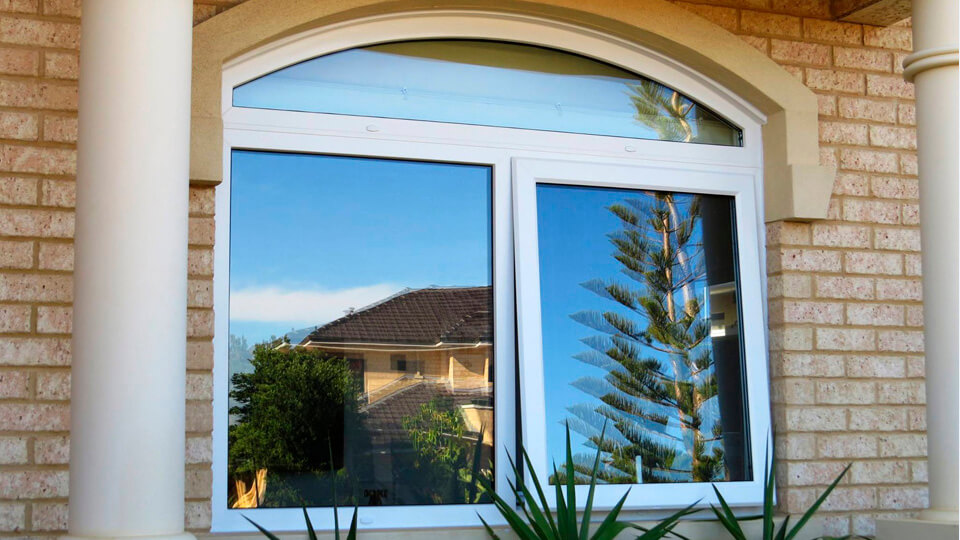

Energy efficient windows, also known as energy saving windows, are designed to prevent your heated or cooled air escaping from your home. Their increased insulation reduces your home’s energy usage—and therefore, your bills!—while also making your home more comfortable overall.
The Benefits of Energy Efficiency Windows
Save Money
Customers who install Energy Star windows save an average of 12 percent on their utility costs throughout the year. That means a customer who spends $200 a month or $2400 a year would save $24 a month—or roughly $288 a year. Your savings could be even greater depending on which windows you’re replacing and the climate of your area. In fact, Energy Star studies show that replacing single pane windows with double pane can save between 21% and 31% off of heating and cooling costs.
Enjoy Some Peace and Quiet
The same insulating qualities that prevent heat loss in energy efficient windows also help keep sound out, so your home will be more quiet overall. This is good news if you live in a busy neighborhood with barking dogs, lots of traffic, nearby trains, or any other source of regular noise.
Double and Triple Pane Windows
Energy efficient double paned windows and triple paned windows are made up of multiple sheets of glass sandwiched together with spacers. These multi-layer constructions create air pockets between the layers of glass, which are sealed shut to prevent any air from entering or escaping. Finally, they’re filled with different gases to increase their efficiency.
Multi-pane windows are very effective at insulating homes and are a major improvement over single-pane windows, although they’re more expensive than single pane windows. Still, upgrading your windows is one of the most effective ways to increase your home’s insulation, so the extra price is a wise long-term investment.
Low-e Window Coatings
Low-e or low-emissivity coatings are an effective way to keep heat inside your home in the winter or to keep it out of your home in the summer. These coatings are designed to control the way the heat energy from sunlight moves around. An exterior low-e coating can prohibit the ultraviolet and the infrared light—in other words, the heat—from entering your home while still allowing the sunlight to pass through.
In northern climates when heat gain is more desirable, a low-e coating is often used in the reverse. The full spectrum of light is allowed into the home as much as possible, but the heat energy it produces is trapped inside. This creates a powerful greenhouse effect that keeps a home extra warm during the coldest months of the year.
Pair an Efficient Window with an Efficient Frame
Installing an energy-efficient window is necessary for saving energy, but it won’t do you much good if the window frame isn’t efficient as well. Generally, aluminum windows are the least efficient, even when they have a thermal window break in them. These windows simply conduct heat too well to be very efficient.
When searching for an efficient frame, the uPVC frame work best for you.